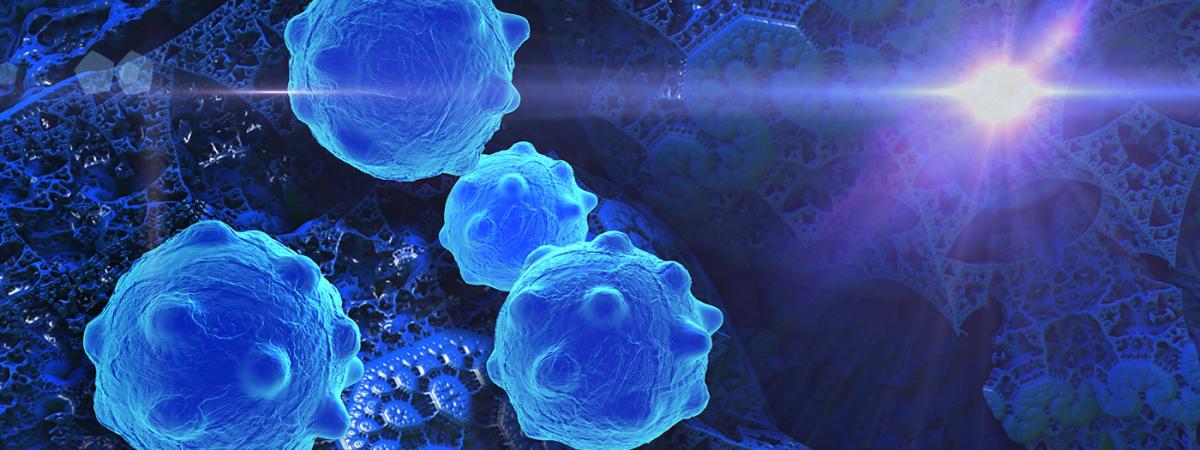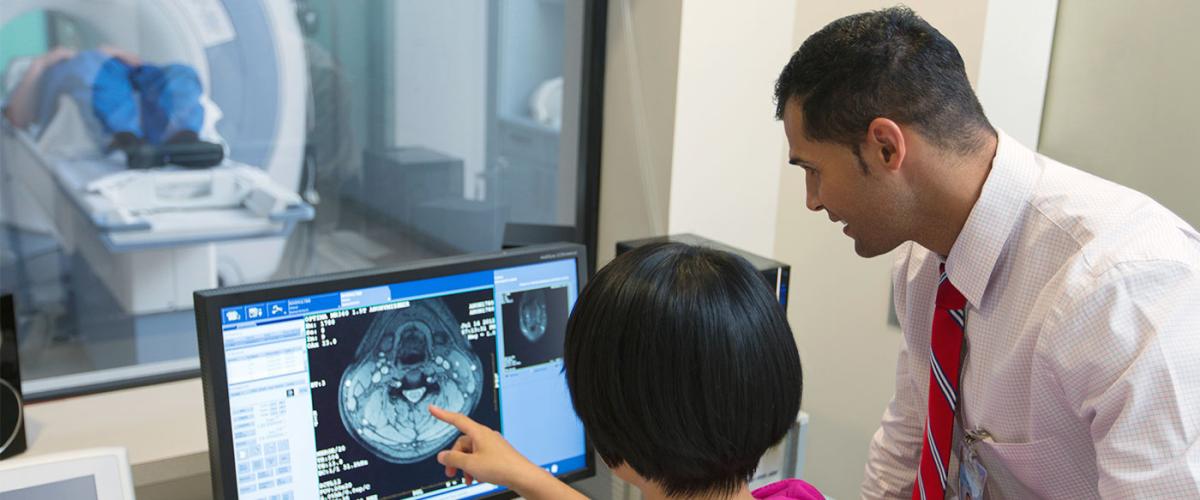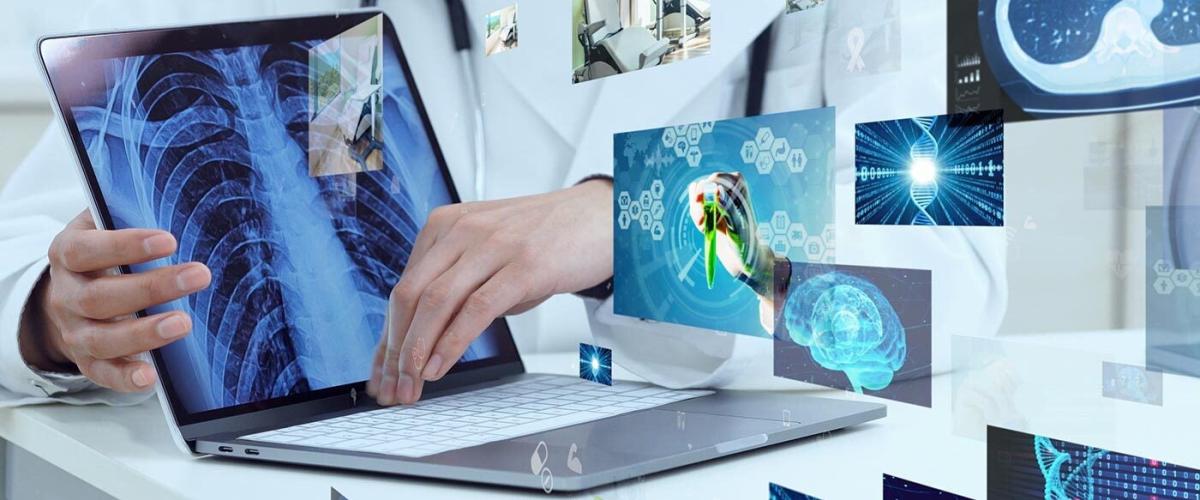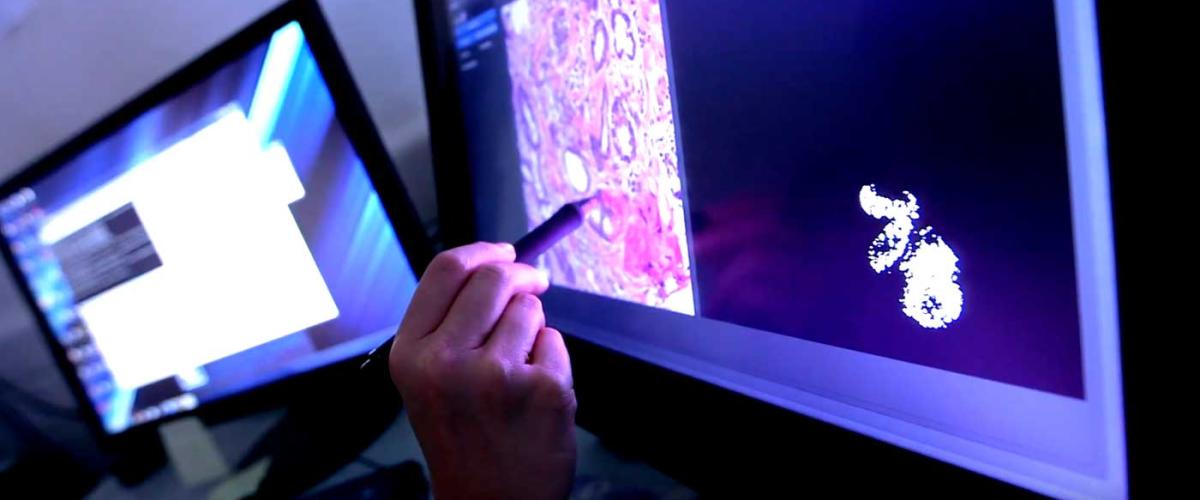Anant Madabhushi lab to accelerate research in computational imaging, artificial intelligence and precision medicine
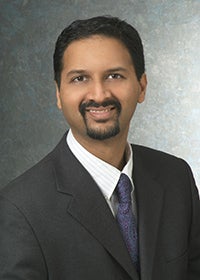 Anant Madabhushi
For the last six years, Anant Madabhushi's lab on the campus of Case Western Reserve University has emerged as a global leader in the detection, diagnosis and characterization of various cancers and other diseases by meshing medical imaging, machine learning, and artificial intelligence.
This summer, a California couple with an increasing interest in that same intersection of technology and medicine—and who met at the Case School of Engineering in the 1980s—became one of his biggest supporters.
Jayendra (Jay) and Harita Patel have committed to give $500,000 to Madabhushi’s lab, the Center of Computational Imaging and Personalized Diagnostics (CCIPD) at Case Western Reserve.
The funding will help the CCIPD expand its research and bring in a qualified senior researcher to work in a new disease area, Madabhushi said.
“One of the things that Jay and Harita recognized very quickly is that not only are our researchers developing cutting-edge artificial intelligence and machine-learning algorithms for aiding in disease diagnosis and treatment response prediction, but we are also uniquely positioned to take advantage of the massive medical enterprise that is located in close proximity to CWRU,” he said.
Madabhushi said collaborations with health care partners at Cleveland Clinic, University Hospitals, Cleveland VA Medical Center and MetroHealth Medical Center have given his center access to “massive imaging datasets for developing and validating our analytic tools.”
Anant Madabhushi
For the last six years, Anant Madabhushi's lab on the campus of Case Western Reserve University has emerged as a global leader in the detection, diagnosis and characterization of various cancers and other diseases by meshing medical imaging, machine learning, and artificial intelligence.
This summer, a California couple with an increasing interest in that same intersection of technology and medicine—and who met at the Case School of Engineering in the 1980s—became one of his biggest supporters.
Jayendra (Jay) and Harita Patel have committed to give $500,000 to Madabhushi’s lab, the Center of Computational Imaging and Personalized Diagnostics (CCIPD) at Case Western Reserve.
The funding will help the CCIPD expand its research and bring in a qualified senior researcher to work in a new disease area, Madabhushi said.
“One of the things that Jay and Harita recognized very quickly is that not only are our researchers developing cutting-edge artificial intelligence and machine-learning algorithms for aiding in disease diagnosis and treatment response prediction, but we are also uniquely positioned to take advantage of the massive medical enterprise that is located in close proximity to CWRU,” he said.
Madabhushi said collaborations with health care partners at Cleveland Clinic, University Hospitals, Cleveland VA Medical Center and MetroHealth Medical Center have given his center access to “massive imaging datasets for developing and validating our analytic tools.”
“We found that our passions—education and health care, especially cancer research—all came together in Anant’s lab,” Jay Patel said. “We’ve had family members who have suffered from cancer, and we now have the means to do something to help combat the problem—and Anant is doing an awesome job in that area.”Like Madabhushi, the Patels had also come to Case Western Reserve from India. They met here as graduate students when thrown together on a project for a computer science class. “We built our first 8-bit microcomputer together at Case (Western Reserve),” Jay Patel recalled. Harita Patel, who had until then been mostly interested in physics, only took the course because it was a requirement for her new major–computer science. “But we had to work with a partner on the project and Jay was there, so we did,” she said. “There were a lot of long hours together.” Several years later, they were married (1983), moved to California and started a family, raising two sons. They also both took jobs in the early days of Apple computers in the late 1980s. Jay Patel eventually went on to several other companies, but Harita Patel worked at Apple for more than 25 years, retiring several years ago. That’s when the couple had begun to look for a way to give back to Case Western Reserve. “He and his team are combining what we know as computer scientists with our passion to solve medical problems.”
The CCIPD Lab
Madabhushi, the F. Alex Nason Professor II of Biomedical Engineering at the Case School of Engineering, directs a team of about 50 researchers at the CCIPD, which he founded in 2012. His goal is to improve disease diagnosis, treatment response and prognosis for a range of cancers and other diseases, using “smart” computers, which can quickly read and interpret a far greater number of images—and more accurately—than pathologists or radiologists. Since 2015, Madabhushi and his team have received over $15 million from the National Cancer Institute and an additional $2.7 million from the Departments of Defense and U.S. Veterans Affairs to develop computational tools to analyze digital pathology images of breast, prostate, lung, and head and neck cancers. The goal: to quickly and more accurately estimate disease risk and identify which patients could be spared aggressive radiotherapy or chemotherapy. But the Patels’ gift is CCIPD’s first from a private donor who specifically wants to help accelerate its research. Harita Patel said the couple hopes to help encourage other donors to partner with Madabhushi and his center. “We had been on the sidelines watching the progress, but now we’re really excited to hear about things happening at CWRU,” she said. “We are who we are partly because of what we learned at Case (Western Reserve), and we want to be a part of something big there.”For more information, contact Mike Scott at mike.scott@case.edu. This article was originally published Sept. 24, 2018.


